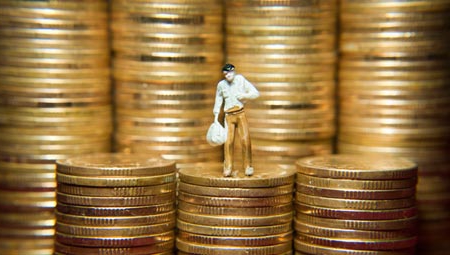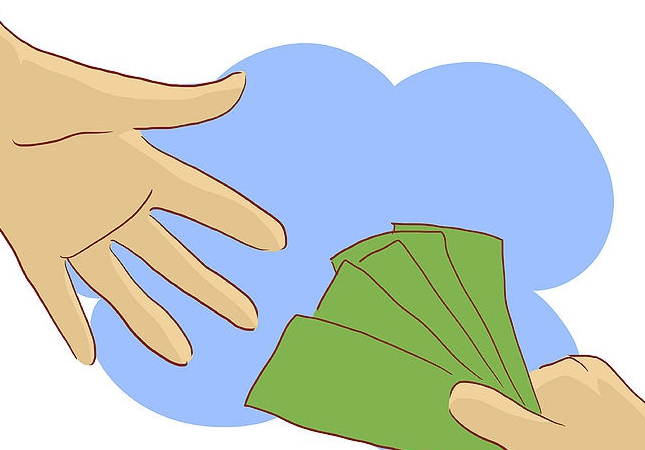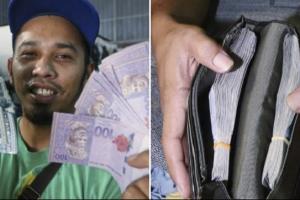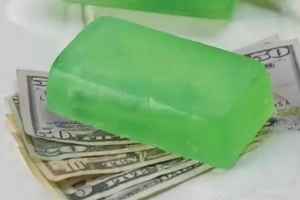Swap is a financial instrument of international level. With its help, bank counterparties conclude transactions among themselves. The deal is formed of two parts:
- primary volume, or opening a swap;
- reverse volume, or closing a swap.
The subject of the transaction in order to obtain benefits is the currency. The terms of the partnership are specified in the contract.
What does swap mean?

An international currency swap can be defined as the simultaneous sale and purchase of a clearly defined amount of currency with different value dates. Swap occurs when the open position moves the next day. “Swap” in simple terms means maintaining a currency position in a clearly defined amount and with a specific sign for a predetermined time period.
Who cares about a swap?
Conclusion of a currency swap transaction can be carried out both for commercial purposes and for obtaining investment benefits. The business activity of many corporations is related to interest rate and currency risks. In this situation, a currency swap is a tool to mitigate these very risks.
Example: a banking institution pays a floating deposit rate and receives a fixed interest on assets. Inconsistency in the structure of loans and liabilities can lead to serious difficulties. The currency swap used by the Central Bank allows you to make fixed payments when you receive floating rates. This makes it possible to convert fixed rate assets into floating assets.
An international currency swap can be used by companies that expand their activities outside their home state. Firms receive financing abroad under stringent conditions and transform it into the required currency, providing themselves favorable conditions for prosperity thanks to the swap.
Swap market
Currency swap does not belong to the category of exchange instruments. It is an individualized contract that is traded on the OTC market. Large corporations and financial institutions dominate the market. The number of individual investors using the tool in their work is limited. Due to trading on the OTC, there is always a risk of default coming from the counterparty.

The first contract was concluded in 1981. Opponents were IBM and the World Bank. The popularity of the trading instrument reached one of the peaks in 1987. The stock market had a value of $ 865.6 billion. In 2006, the price rose to 250 trillion and exceeded the value of the public stock market. In 2013, the price reached 500 trillion and a downward trend is not expected.
Swap Types
A currency swap transaction is divided into several categories. A clean contract is called when only one counterparty participates in it, and two foreign exchange transactions are carried out within the same bank. If two or more currency structures take part in conversion transactions, the operation is called a constructed swap.
Less common types of operations are divided into categories:
- one day short;
- forward;
- standard.
Interest swap
International interest rate swap is widely used in the Forex market. If a currency is sold with an interest rate lower than that of the one being bought, or if a currency is bought with an interest rate higher than that of the one being sold, a positive or negative swap will be charged daily. Each broker has its own swap rate.It helps to evaluate profit or calculate expenses when transferring an order to the next day.
For individual participants in the Forex market, a currency swap is a source of profit. Participants include hedge funds. The guaranteed percentage on a swap is more substantial for them than currency fluctuations. The secret to using the currency swap operation is that funds have huge capital at their disposal. A large amount of funds turns a small commission for a trader into a huge income for large players.
How to calculate a swap?
The standard swap usage scheme is called SWAP TOM NEXT. According to her, any transaction in the international currency market should be carried over to the next day with all parameters preserved. This happens by simultaneously closing and opening an order. The process is fully automated, and market players do not need to implement it themselves. Currency Swap Operation Based on Difference discount rates in each of the countries of the world that are established by Central Banks.

Example: when buying a currency pair, you need to look so that the first currency in the quote has a high interest rate. In fact, there is a purchase of currency with high interest and the sale of another, but with low interest. For each day, the transaction will be charged by the bank. If the situation is reversed, funds will be debited from the deposit daily.
Can I make money on swaps?
More recently, a swap was used by traders in different parts of the world as part of a trading strategy. The difference in rates allowed you to earn money in a matter of seconds. Today, the Forex market has changed a lot. The difference in interest rates of different states is not significant.

For most dealers, a currency swap operation is nothing more than a commission for transferring a position to the next day.
As a tool for making money, it is no longer used for a long time. All strategies tied to a swap are unprofitable.
The minimum price movement in the market, even during the passive Asian session, can not only eat all the profits, but also take the deposit to minus.
Swaps - a tool for regulating global monetary systems
Today, swaps are actively used by Federal banks. Their growth during world crisis managed to slightly suspend the rapid fall of the European currency. Thanks to an agreement between the Fed and the ECB, an emission of € 500 billion was carried out. Part of the issue was exchanged for dollars as part of a three-month swap. Its amount amounted to about 100 billion dollars. The two main participants in the global financial system have gained advantages and eliminated tensions between European countries.
In 2008, the financial authorities of America, the European Union, Great Britain, Switzerland, Japan and Canada concluded an agreement between themselves on the individual determination of swaps depending on the needs of each country. In 2011, Japan left the six billionaire states. Since 2010, America has been recovering from the 2007-2008 global crisis. pursues a policy of quantitative easing, increases the money supply turnover. Similar actions are carried out by partner countries. All actions of states are strictly regulated.
Using swaps, the leaders of the global financial apparatus correct imbalances and rule out the emergence of a “currency war”. The liquidity of the dollar is fully controlled and adapted according to the needs of states. An imbalance in the financial policies of the world's largest countries led to the 2008 crisis. All actions of the heads of state are aimed not only at eliminating the consequences of the economic collapse, but also at eradicating the causes that could lead to a repeated withering of the global economy.
The agreement between the states is a fundamental factor in the formation of trends in the Forex market, it determines the cyclical behavior of prices.








